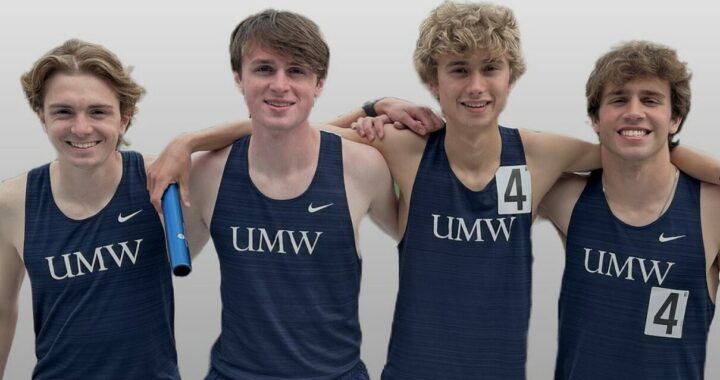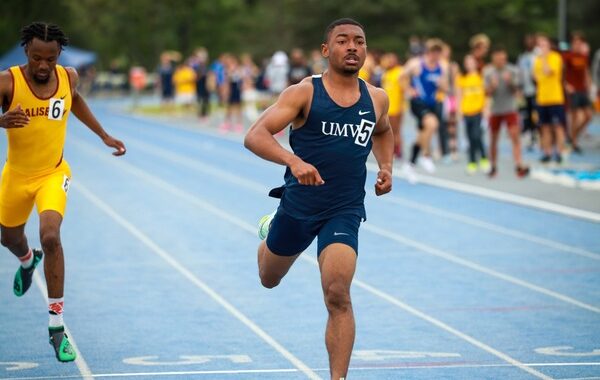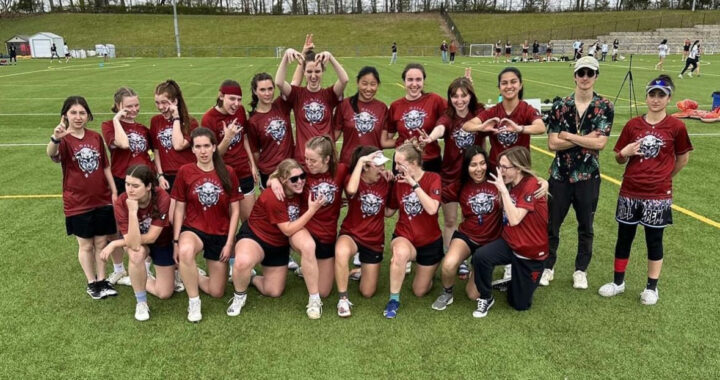Club Sports Lack Trainer Access
3 min readInjuries faced by varsity athletes at Mary Washington are shared by the club athletes, yet the same cannot be said for the availability of the athletic trainer.
Despite the fact that nearly 1,000 students make up the 12 teams involved in club and intramural athletics, they are not permitted access to the athletic training facilities that are provided to the varsity athletic teams, even though they have almost 600 more athletes than the varsity teams.
When asked to comment on the situation, head trainer Ian Rogol, who had been on the job for just three weeks, stated that he was unclear as to the reasoning why the trainers are unable to treat club athletes.
When Athletic Director Ed Hegmann was contacted on the issue via e-mail, he responded that the athletic department is already understaffed in terms of trainers.
“Our two athletic trainers serve over 400 student-athletes for the 23 varsity teams in the intercollegiate program, are barely able to adequately serve that many folks and have a critical need to add one more staff members, just for the intercollegiate program,” Hegmann said. “Many Division III institutions, without football, and with 23 sports like we have at Mary Washington, have three or more athletic trainers.”
This is not a situation unique to Mary Washington, in that many Division III schools do not allow club sports access to the training facilities or staff.
“To my knowledge, at most Division III institutions, the intercollegiate athletic program athletic trainers do not serve intramural and club sports teams,” Hegmann said. “In fact, even at larger Division I institutions, I don’t think intramural and club sports typically have an athletic training staff of their own nor do they share the intercollegiate athletic program’s athletic training staff.”
Researching the other nine members of the Capital Athletic Conference, of which Mary Washington is a member, all nine institutions share the same policy for the usage of their training staff and facilities, only making the athletic training accessible to the varsity athletes and teams. The situation is identical at larger Virginia schools such as the University of Virginia and Virginia Tech.
Many club and intramural athletes have voiced their frustration towards their inability to reach the athletic trainers for advice or aid.
Matt Wease, a junior political science major, is part of several club and intramural teams, including baseball, boxing and volleyball.
“It’s a broken system, an exclusive club,” Wease said. “You’re exalting varsity athletes above other students. We practice just as hard. These guys love the game so much, they can’t walk away. I understand there is an issue with staffing, but understaffing can be fixed. A [poorly healed] torn ACL cannot.”
Daniel Holcombe, a senior historic preservation major, is a member of the Mother’s Rugby club team and shared many of the same frustrations, though Holcombe also raised a fear for club athlete’s safety.
“What’s scarier than getting injured is not knowing if you’re really hurt or not and without access to the trainer we’re only left with the hospital,” Holcombe said. “Multiple times we’ve had head injuries in games requiring multiple stitches, and we have to resort to sweaty shirts to hold while we drive them to the hospital.”











